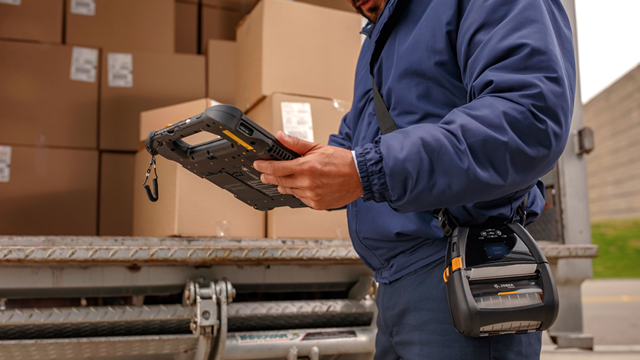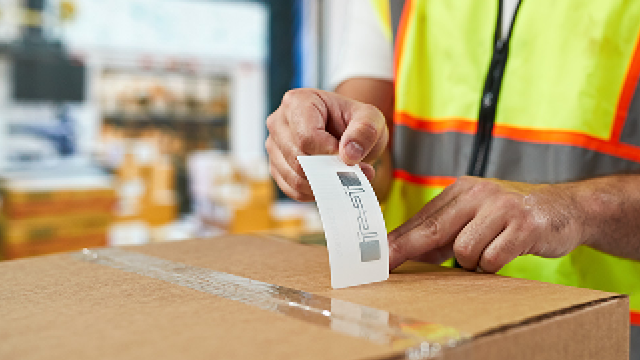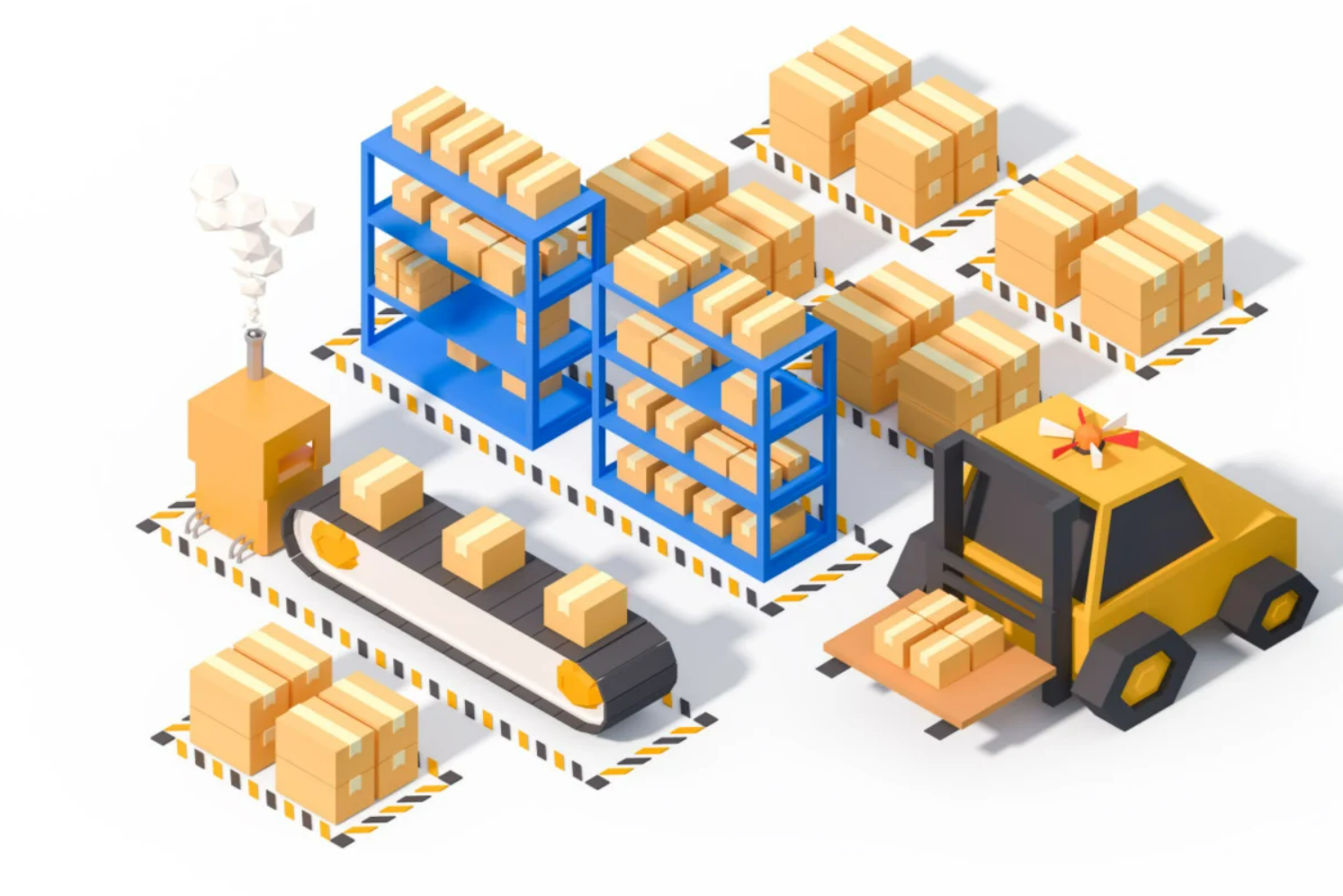Building Streamlined T&L and Warehouse Processes and an Onramp to Automation
Why competitive T&L and warehouse operations are deploying rugged mobile tablet solutions.
BlueStar's diverse portfolio offers unparalleled access to premium products and services that drive business growth and success. From state-of-the-art hardware to advanced software solutions, our portfolio is designed to empower businesses with the tools they need to thrive in today's competitive landscape.
Our vertical-based content focuses on different industry technologies, solutions, and insights.
A true VAD offers top-notch pick, pack and ship services, and provides programs and services that add value to the distributed products that increase their value or worth.
The BlueStar DifferenceMobile solutions address some of the most pressing challenges that T&L companies face.
Pressures on the transportation and logistics (T&L) industry continue. Global supply chains disrupted by the pandemic continue to attempt to get back on track, counting on their T&L partners to help move products on schedule, cost-effectively, and securely.
Mobile solutions for transportation and logistics can streamline processes and increase efficiency and productivity that help companies deliver – if technology solutions providers design systems that precisely address the use case.
T&L companies are primed for effective mobile solutions for these five use cases.
Mobile solutions in the warehouse save time and money by allowing employees to access work orders immediately, print labels, and capture data and share it with the warehouse management system (WMS). In addition, employees can wear mobile devices and use them with smart glasses or headsets for hands-free operation or mount them on forklifts to save the time employees spend entering and exiting the vehicle to use computers and printers.
Speed is essential – and paperwork slows drivers down. Mobile solutions for transportation and logistics allow drivers to collect data, capture signatures and even accept digital payments. Mobile solutions save time when drivers arrive to load their trucks in addition to when they deliver materials and products to customers.
The time they save may enable them to make more deliveries over a period and ease the burden for companies struggling with the truck driver shortage throughout Europe, which, based on 2021 data, totals about 10 percent of the total truck driver positions.
Historically, when drivers were on the road, they had little visibility into operations beyond the windshield. They relied on communications with dispatch, but in the case of sudden extreme weather or road closures due to vehicle accidents or construction, they could encounter those situations with little warning.
Mobile devices mounted on the dashboard can provide drivers with alerts, help them find alternate routes that keep shipments moving, and save fuel costs.
The longer it takes for a driver to share information for data entry, the greater the likelihood that data will be lost or errors will occur. Instantly entering data is the most efficient and accurate way to update systems. Additionally, drivers can access their timecards, HR systems, and other data on the road.
Giving drivers this capability requires strong cybersecurity policies and solutions. Require drivers to use multifactor authentication to log into company systems, for example, with a fingerprint scan and using registered devices, as well as entering a username and password. Also, manage user accounts so drivers only have access to the systems they need, decreasing what a hacker could do if they gain entry to the network using a driver’s credentials.
What’s going on in the cargo hold is vital, particularly if the shipment includes cold chain products, perishables, pharmaceuticals, or fragile products. Internet of Things (IoT) sensors can measure temperature, humidity, vibrations, or other metrics and share that information with drivers and other transportation and logistics company employees. Real-time data allows the team to take action and intervene before spoilage, waste, regulatory noncompliance, and losses occur.
Provide Your Clients with New Insights via Mobile Solutions for Transportation and Logistics
Computing power in vehicles and in the hands of employees enables real-time data, continual monitoring, time savings, greater profitability, and less downtime.
With your industry knowledge and tech expertise, you can help your clients realize the full value of mobile solutions for transportation and logistics and enhance their operations.

Why competitive T&L and warehouse operations are deploying rugged mobile tablet solutions.

RFID solutions give T&L operations visibility, track-and-trace capabilities, efficiency, and accuracy that mitigate losses, control costs, and...

Automating processes is key to greater competitiveness, accuracy, and cost-effectiveness.
